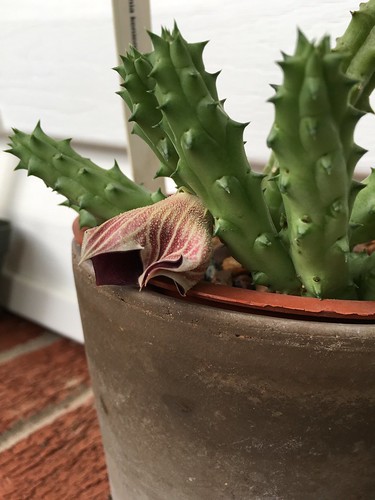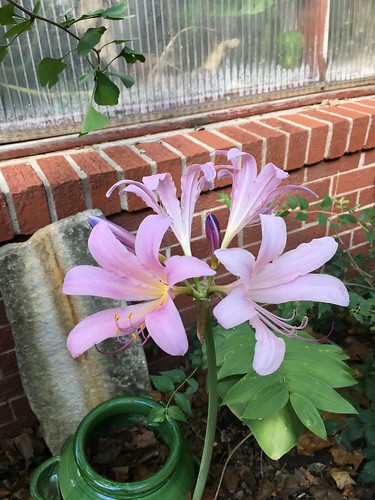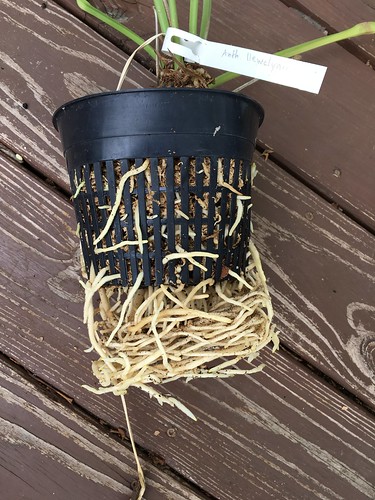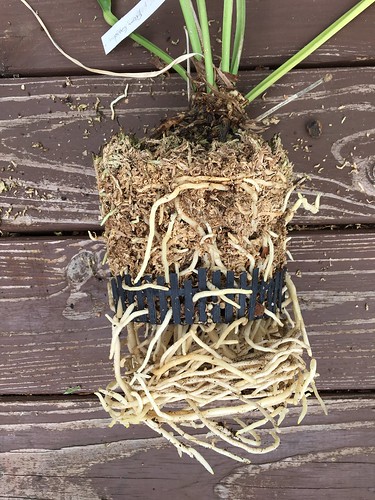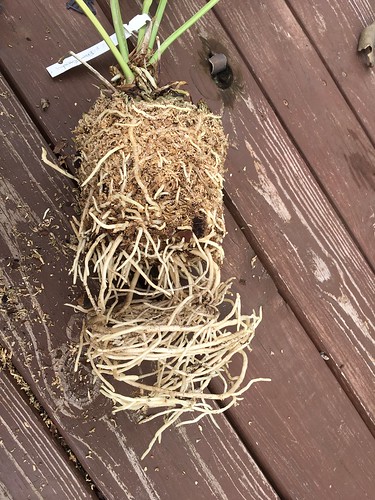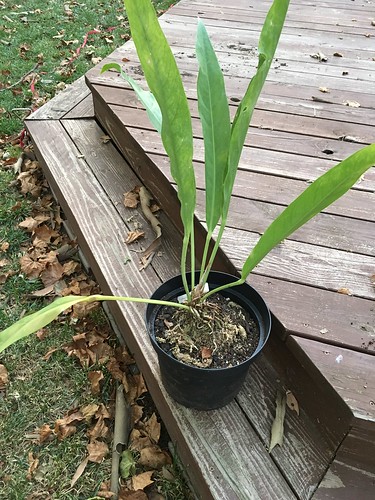I am following up my
Encyclia inventory post with an inventory of another genus that comprises a decent portion of my plant collection. This time it is an aroid genus,
Anthurium, which happens to be the largest genus in the Aracaea (Aroid) family. By "largest genus" I mean the genus with the most species. I have had several
Anthurium flower for me recently, so I have some nice photos to share.
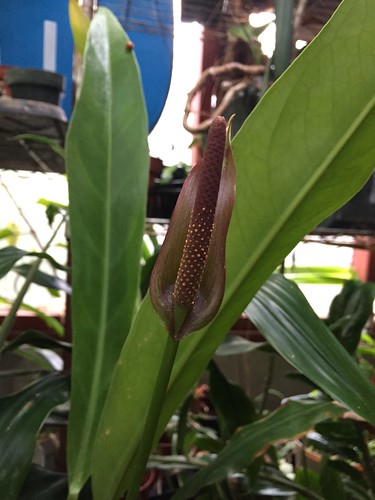 |
| Anth. llewelynii |
 |
| Anth. bonplandii v. guayanum |
 |
| Anth. acaule |
While I love Aroids, and especially
Anthurium, they don't all thrive under my care. If I go a week (sometimes two) without venturing out to the greenhouse to water my plants - many of them take notice. My
Encyclia and some of my other plants don't mind these dry periods. My
Anthurium collection is not as big as it once was, primarily because there have been more periods of neglect in recent years and only the strong have survived. My collection of
Anthurium currently includes 13 species and one hybrid.
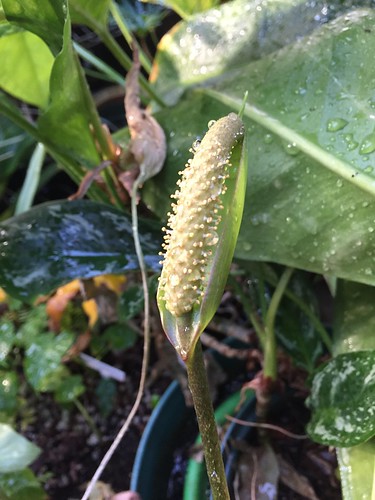 |
| Anth. holmnielsenii |
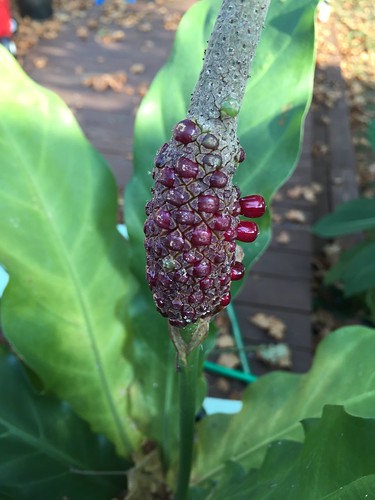 |
| Anth. paraguayense |
Here is my complete inventory of
Anthurium plants:
- Anth. acaule *
- Anth. bonplandii v. guayanum *
- Anth. fornicifolium *
- Anth. gracile *
- Anth. holmnielsenii *
- Anth. hookeri *
- Anth. lezamai
- Anth. llewelynii *
- Anth. lucidum (or something else...)
- Anth. paraguayense *
- Anth. plowmanii
- Anth. scandens *
- Anth. scandens *
- Anth. verapazense *
- Anth. Marie
- Anth. Marie
- Anth. (unidentified seedling)
* indicates plants which have flowered for me
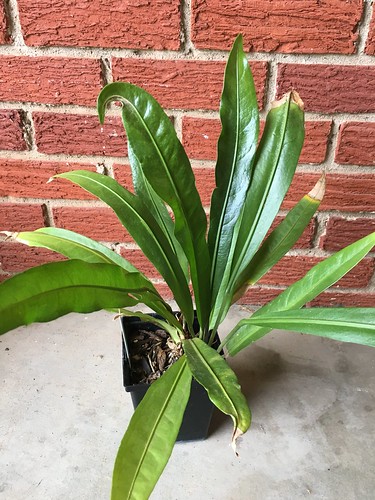 |
| Anthurium lucidum? |
You'll notice that I'm not so sure my plant which is labeled
Anthurium lucidum is actually that species. I looked at the photographs on
Tropicos and they look very different from my plant, so I'm not really sure what I have.
 |
| Anth. fornicifolium |
Anthurium Marie is a hybrid that Steve Nock developed and named after his wife. I have had the pleasure of meeting both Steve and Marie at the IAS shows in Miami. Steve and Marie own Ree Gardens and have been longtime members and supporters of the society. They always have some really nice plants for sale at the shows. The parentage of this hybrid has not been made public, as far as I am aware. The plant has been widely tissue cultured and many of the plants develop inflorescences with two spadices and other oddities.
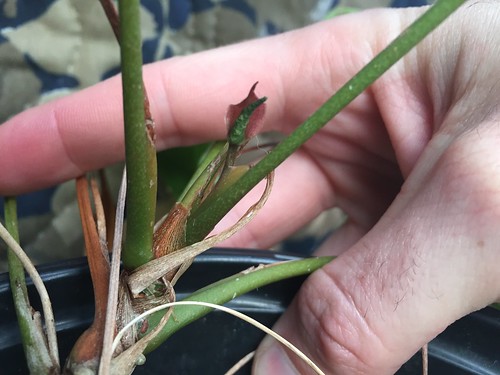 |
| Anth. gracile |
In addition, I have one unidentified seedling. It is still pretty small and may be some time before it is large enough to flower and help me determine what it is.
